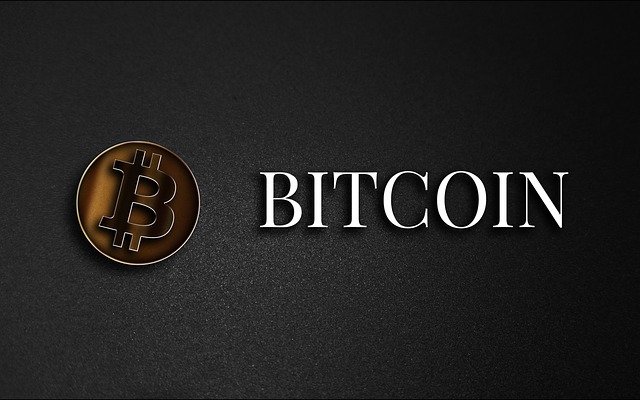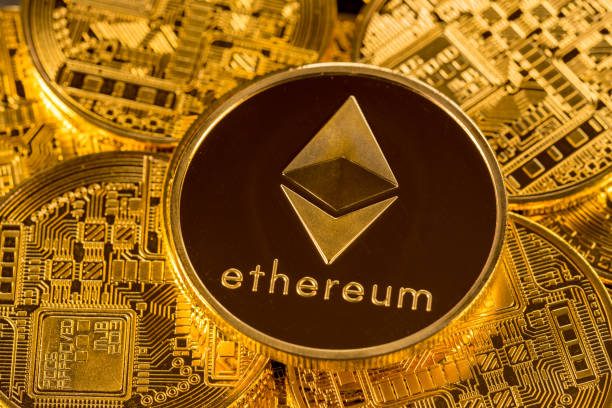Japan has already roughly achieved BoJ’s price target

Bank of Japan (BoJ) Board Member Hajime Takata said on Monday that Japan has already roughly achieved the BoJ’s price target.
Key quotes
Feels that BoJ must respond to the fact that headline inflation has exceeded 2% for a while now.
Initial fear over impact of tariffs has diminished.
Tankan report indicates tariffs have not caused significant slowdown in Japan’s economy.
Expects Japan’s consumption to continue increasing moderately.
Was particularly worried about risk of big market volatility from US tariffs.
But US economy has averted a downturn and yen is weakening rather than strengthening.
Conditions are falling in place where second-round effects of inflation could broaden.
BoJ must gradually “shift gears” in several stages when conducting monetary policy.
Market reaction
As of writing, USD/JPY is trading 0.11% higher on the day at 150.75.
Bank of Japan FAQs
The Bank of Japan (BoJ) is the Japanese central bank, which sets monetary policy in the country. Its mandate is to issue banknotes and carry out currency and monetary control to ensure price stability, which means an inflation target of around 2%.
The Bank of Japan embarked in an ultra-loose monetary policy in 2013 in order to stimulate the economy and fuel inflation amid a low-inflationary environment. The bank’s policy is based on Quantitative and Qualitative Easing (QQE), or printing notes to buy assets such as government or corporate bonds to provide liquidity. In 2016, the bank doubled down on its strategy and further loosened policy by first introducing negative interest rates and then directly controlling the yield of its 10-year government bonds. In March 2024, the BoJ lifted interest rates, effectively retreating from the ultra-loose monetary policy stance.
The Bank’s massive stimulus caused the Yen to depreciate against its main currency peers. This process exacerbated in 2022 and 2023 due to an increasing policy divergence between the Bank of Japan and other main central banks, which opted to increase interest rates sharply to fight decades-high levels of inflation. The BoJ’s policy led to a widening differential with other currencies, dragging down the value of the Yen. This trend partly reversed in 2024, when the BoJ decided to abandon its ultra-loose policy stance.
A weaker Yen and the spike in global energy prices led to an increase in Japanese inflation, which exceeded the BoJ’s 2% target. The prospect of rising salaries in the country – a key element fuelling inflation – also contributed to the move.





